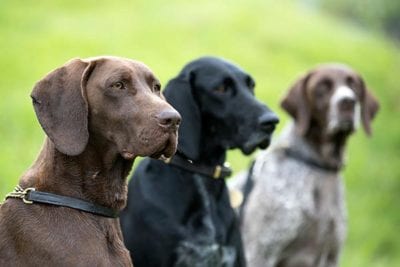
Gundog training in self-isolation
Staying at home isn’t all bad – it does mean we can spend more time on gundog training.

Staying at home isn’t all bad – it does mean we can spend more time on gundog training. Indeed, many of us will now be looking to address any bad habits or issues that were noted during last shooting season.
Due to coronavirus we will likely have more time than normal to dedicate to gundog training. Areas in focus will obviously vary from dog to dog… Perhaps your dog was beginning to ignore the stop whistle? Maybe it was pulling on too far ahead in the beating line?
Recall, heelwork and steadiness training are central to most of what we ask of our dogs in the field. If we can get them right, we stand ourselves in good stead to progress to more complicated exercises amid greater distraction.
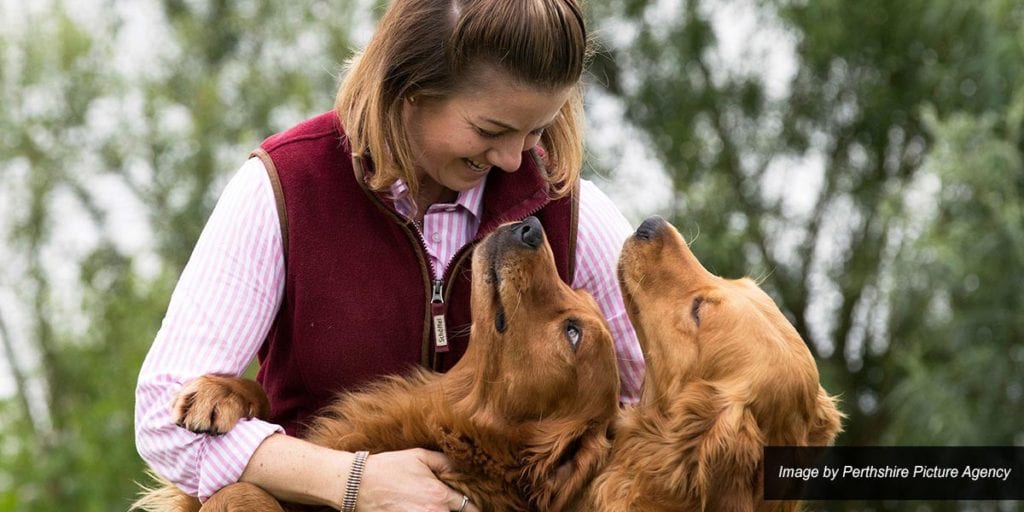
It’s good practice to have regular, short breaks when working from home. A few five-ten-minute breaks a day present the perfect opportunity to work on the basics outlined above. But, remember to follow current government guidance. Exercising in your own garden is unlimited but exercise outside the home, even with your dog, is limited to once a day.
The key is to keep sessions short, fun and positive. Mixing things up as we go can keep our dogs guessing. And stay calm; it’s no good trying to train if you feel stressed and may not be in the right frame of mind. Training should be enjoyable for both you and your dog.
Steadiness training can be done in a variety of ways and many areas of your house/garden can be utilised for this.
A good place that you can start is by having your dog sat next to you on a lead and throwing a dummy or tennis ball in front of them.
By having your dog next to you, you can ensure they stay where you asked them too. You can then release your dog to retrieve the item.
Over time, when you are happy with your dog sitting steady while you’re next to them, you can start to take a couple of steps away from your dog and start throwing the item from a distance.
If your dog is responding well to this, you can begin to throw more than one distraction at a time.
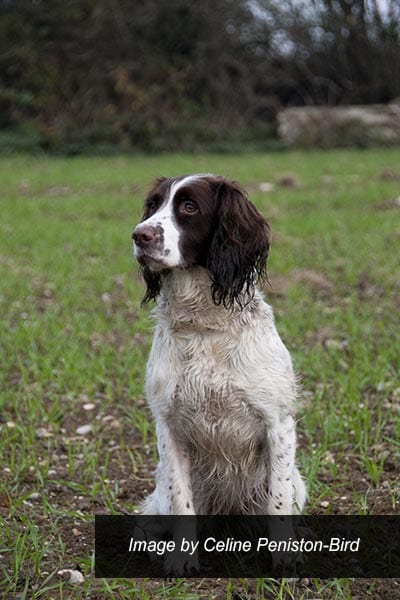
You should aim to reach a point where you only need recall once for your dog to come charging back to you.
Mealtimes are a good time to practise the recall – it’s simple: the dog comes when called, the dog gets their food. Of course, most dogs will pick this up quickly in the home environment where distractions are few.
Once mastered at home, try the same exercise outside in your garden where there will be all sorts of interesting sounds and smells.
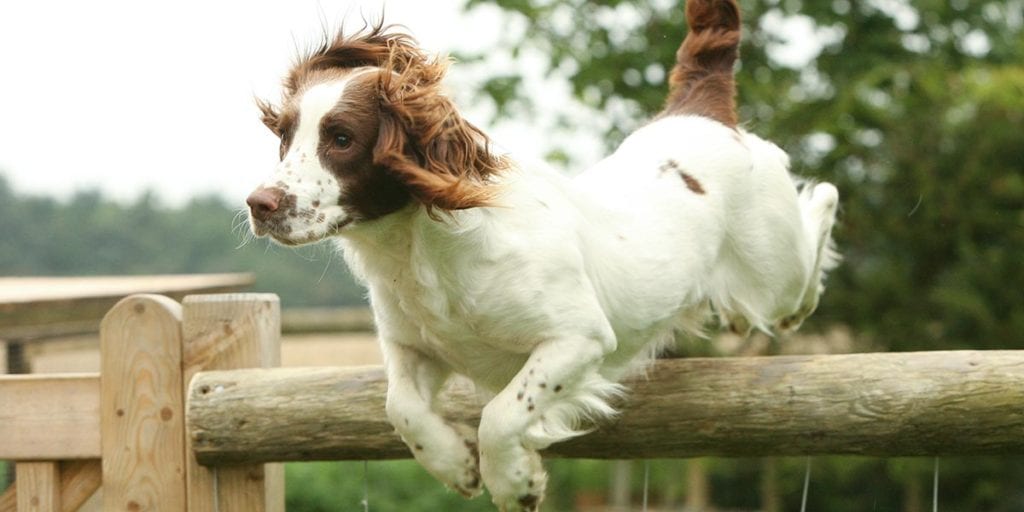
Use natural boundaries such as walls, fence lines or hedgerows to encourage your dog to return to you in a straight line. The food can be replaced or interchanged with balls and dummies as you progress; it’s all about building that trust so the dog believes it will be rewarded if it returns to you straight away when called.
There will of course be times when the dog doesn’t return when called. In which case, walking away from them or turning your back will often get them to return to you. Calmly put them on a lead and return to your original position where the command was first issued. Consistency is crucial!
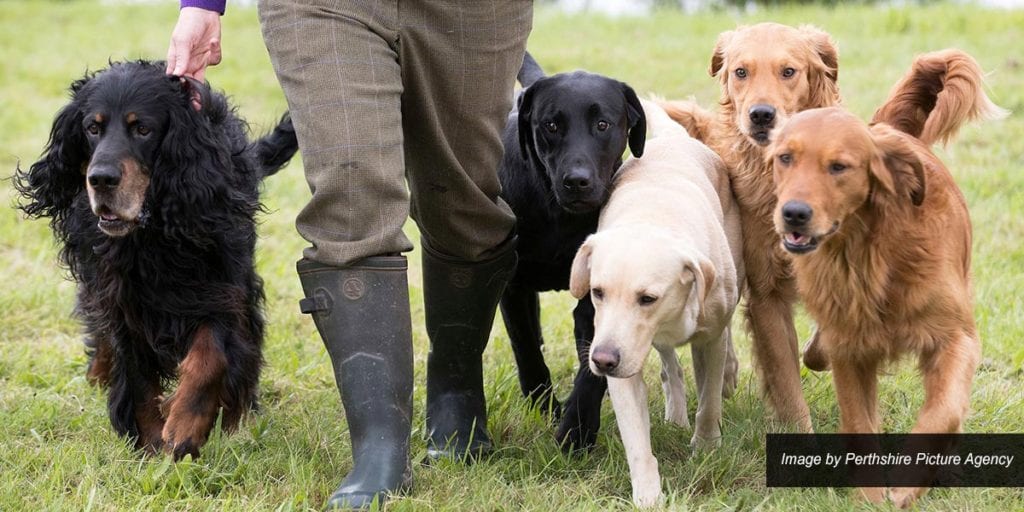
Heelwork training can also be done in smaller areas around your home and garden. You don’t need any fancy equipment.
Start in an environment where there are no distractions and quietly praise the dog when the lead is slack. Incorporate lots of turns and changes of direction to keep the dog guessing and on its toes.
If you feel they are losing focus, you can tap your leg to regain their focus. When you are happy with their heelwork, you can move on to doing the same thing in a different environment and then further down the line, off the lead.
Each of the above can be practised on their own to start with but then easily incorporated into a fun and stimulating exercise that better replicates a scenario likely to be encountered on a day’s shooting.
It is important to remember that when gundog training or exercising your dog, you follow the most up to date government guidance.
For more ideas on addressing gundog training in the field, visit our blog “5 things to fix”. There is also a useful guide on nutrition out of season by Skinner’s in The Good Gundog Feeding Guide – Part 3.
For more tips and advice, call BASC’s gundog team on 01244 573019 or email gundogs@basc.org.uk

Staying at home isn’t all bad – it does mean we can spend more time on gundog training.
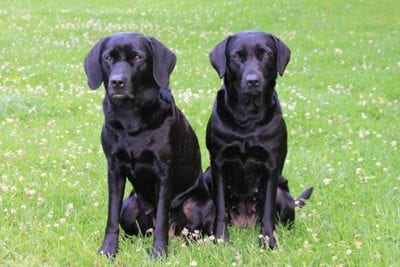
Now it’s time to reflect and think about gundog preparation in the close season. Dr Jacqueline Boyd from Skinner’s Pet Foods explains more.
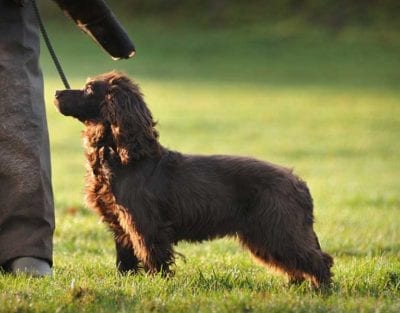
Toni Paull considers a few common issues many of us are likely to have faced when working our dogs in the shooting field.
Header image by Perthshire Picture Agency
